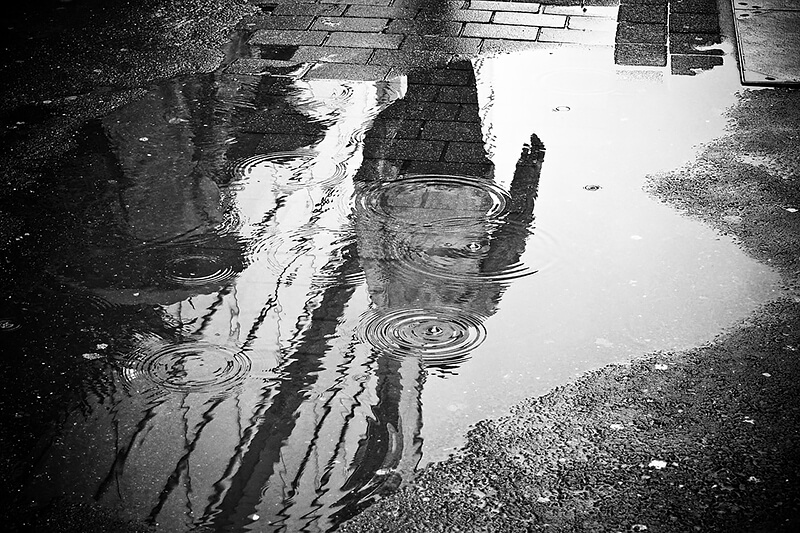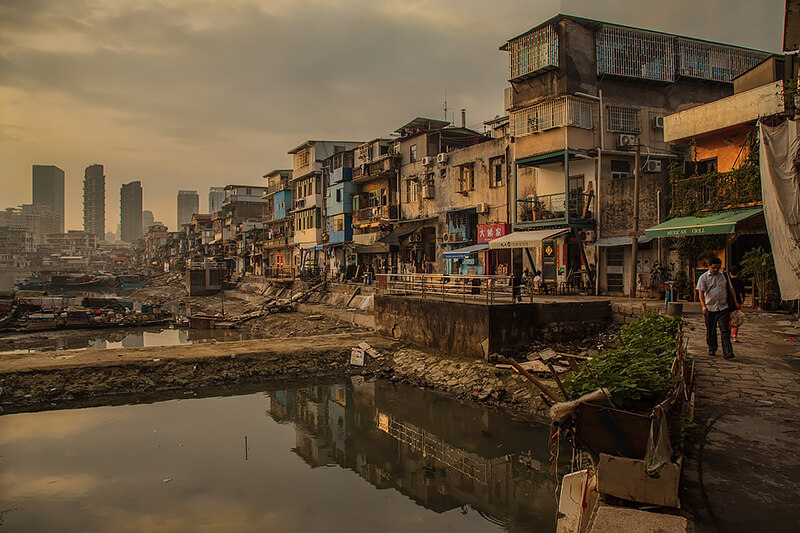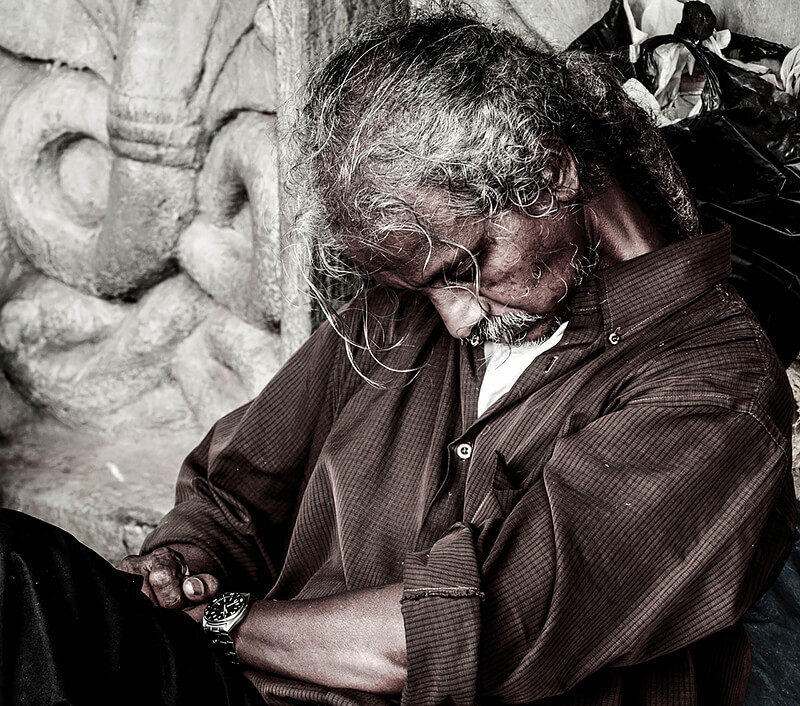As an aspiring photographer, I was very intrigued by street photography, but I found myself lost in this world, unsure of whether or not I was taking what would be considered a good picture. And I couldn't let this hold me back, Because Street photography was something I really liked, so I started
searching and learning for tips and techniques to improve myself in this aspect. I know lots of people want to be able to get a lot more from their photos, so I would like to share with you 5 tips for better street photography.
Patience is a Virtue
Everyone expects perfection to happen instantly, but in photography, patience is definitely a virtue. I found that when I was rushing images and chasing the perfect shot, I would be left with something of which I was not proud. Instead, I would be slightly satisfied and the image would have no substance as to what I wanted to capture.
The moment patience became the forefront of my photography, I found that the images I was taking had better quality. Instead of chasing the right photograph, chase the right scene. Find your location, pick a background that suits what you're trying to accomplish, and wait for your perfect image to come to you. The moment you notice it, snap the shot.
Who Has the Most Potential?
When I consider subjects for my photos, I think of who has the most potential and can bring out the true story behind my image. I would look to babies, older people, animals, strange activities, occurrences or colors. These are the subjects that would really bring out the potential in my photos.
Make sure the subject you choose is compelling and has unique features. Ask yourself what story you want to tell with your image and who is the best choice to do so. You'll be surprised when the right subject is found and you combine this with the right composition.
Composition
Speaking of
composition, leading lines, triangles, patterns, and rule of thirds should all be taken into account when you take your photo. Here's a brief breakdown on each:
- Leading lines: These provide a way of drawing attention to your subject. These should be recognized prior to having your subject (see Patience is a Virtue).
- Triangles: No, not actual triangles. In composition, triangles are essentially a way of grouping three points of an image and positioning them in a way to help portray certain feelings.
- Patterns: You can find patterns everywhere and they can help you highlight your subject in any photo. Look for colors, lines, shapes, and tones and utilize different angles and viewpoints to see which works best.
- Rule of Thirds: When taking a photo, create guidelines to divide the scene. Think about all of the elements that are most important to the photo and mentally divide the image so those elements match with your imaginary grid to make your image more engaging and balanced.
Don't Be Afraid to Get Closer
When it comes to photography, it's all in the details. Which is one way of saying get closer to your subject. Getting in closer to your subject allows you to
show every detail- color, curves, and patterns. You can show the true beauty in everyday items such as paintings, flowers, and unique structures.
The closer you can get, the more personal your images feel, so don't be afraid to move in for that shot!
Best Way to Set Your Camera for Beginners
You know those little settings on the camera that you probably don't know much about? They are actually pretty important for those aspiring to be photographers because they help you create the perfect shot given your circumstances at the time. Here is some information on the settings you may notice:
- Auto or Manual Focus: When you choose automatic focus, the camera will do the job of finding the right spot in frame to focus on when you take the photo. When you have the setting to manual, you will be in control of the focus ring and choose the parts of your scene on which you want to focus. If you're new to photography, you may want to consider letting your camera do the work before you switch over to manual mode.
- Shutter Speed Priority: This is a perfect mode for when you're shooting action or moving subjects. This mode will appear as S or TV on your mode wheel and it will allow you to pick a slower speed (1/15s) or faster speeds (1/500s) depending on the subject. For something like running water, a faster shutter speed will freeze the movement, while a slower shutter speed will give the water a smoother, silky appearance.
- Aperture Priority: This shows as A or AV on your mode wheel and allows you to determine the amount of light that passes through the lens's diaphragm. You typically change this based on the scene you're shooting; for instance, portraits should have an aperture between F1.4 and F5.6, while landscapes should use higher F numbers like F8-F11 and even higher (if your camera has it) for the best sharpness.
- ISO: The faster the ISO speed, the brighter the images become, but they can also become grainy. As such, beginners should probably leave ISO on auto to ensure the best image possible.
Conclusion
Remember, street photography should be fun; it should be something you enjoy doing. I hope these tips help you the way they helped me. Above all else, simply enjoy what you do and the perfect shot will come to you!




